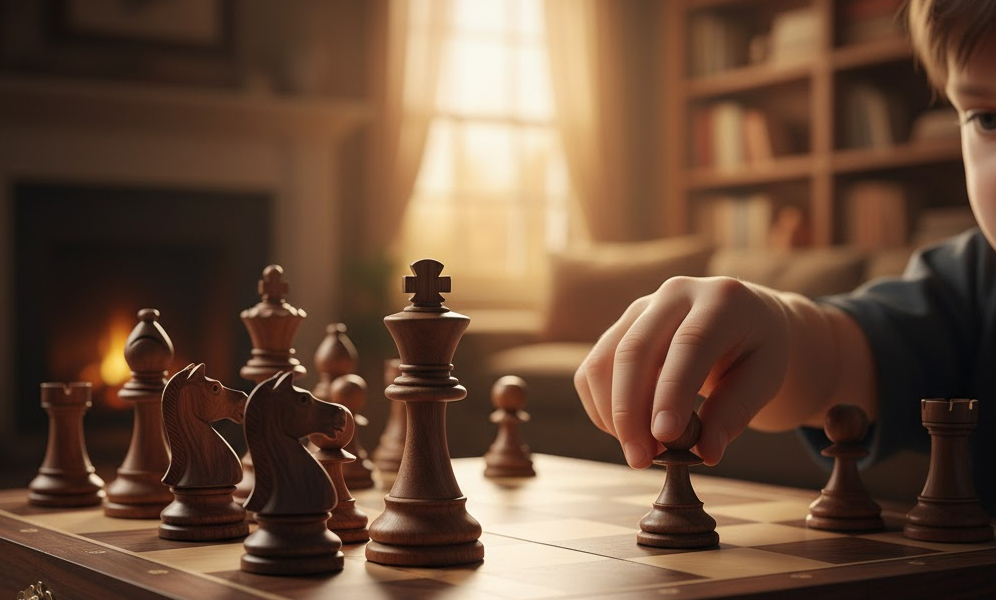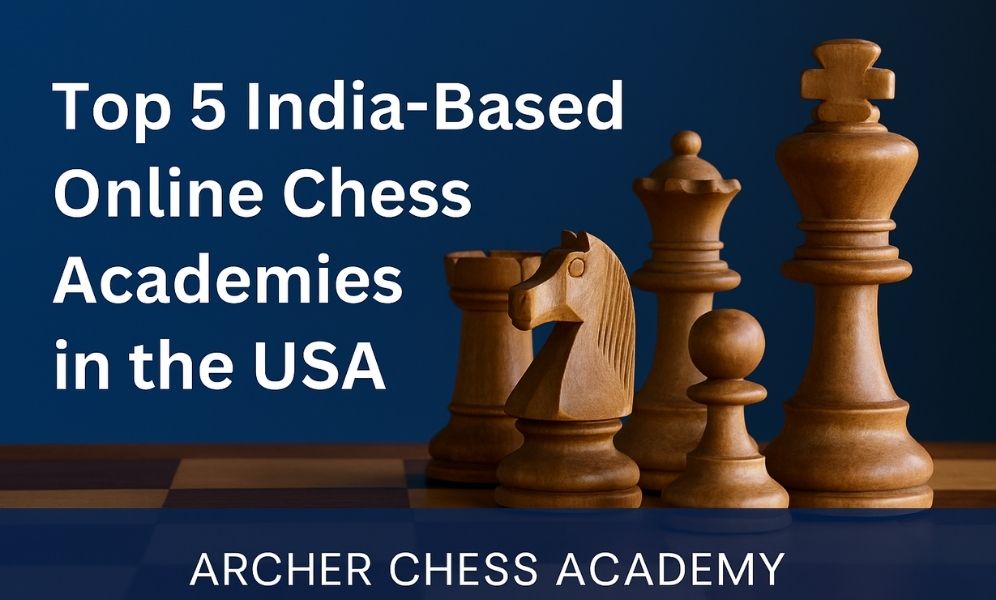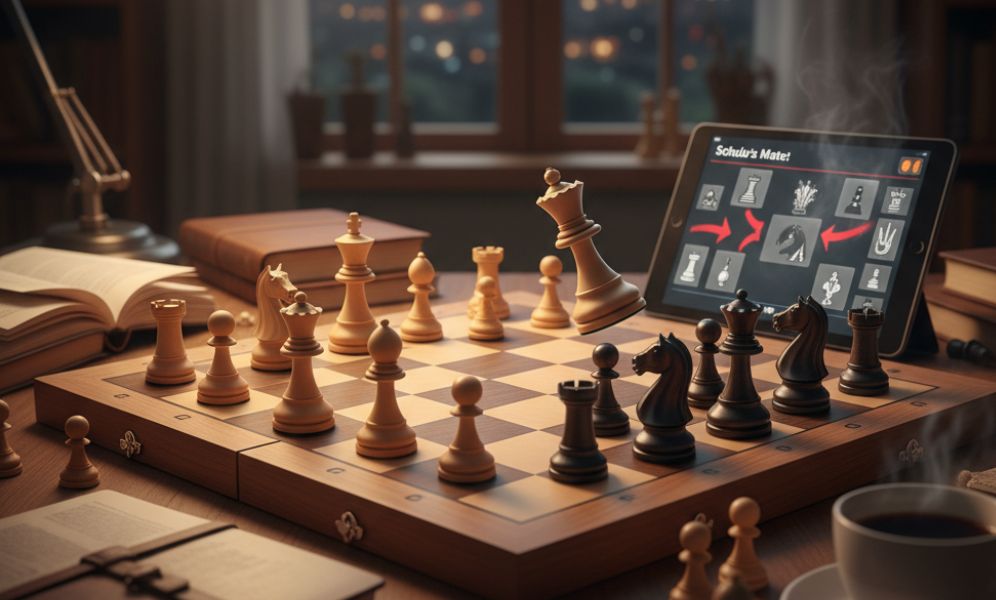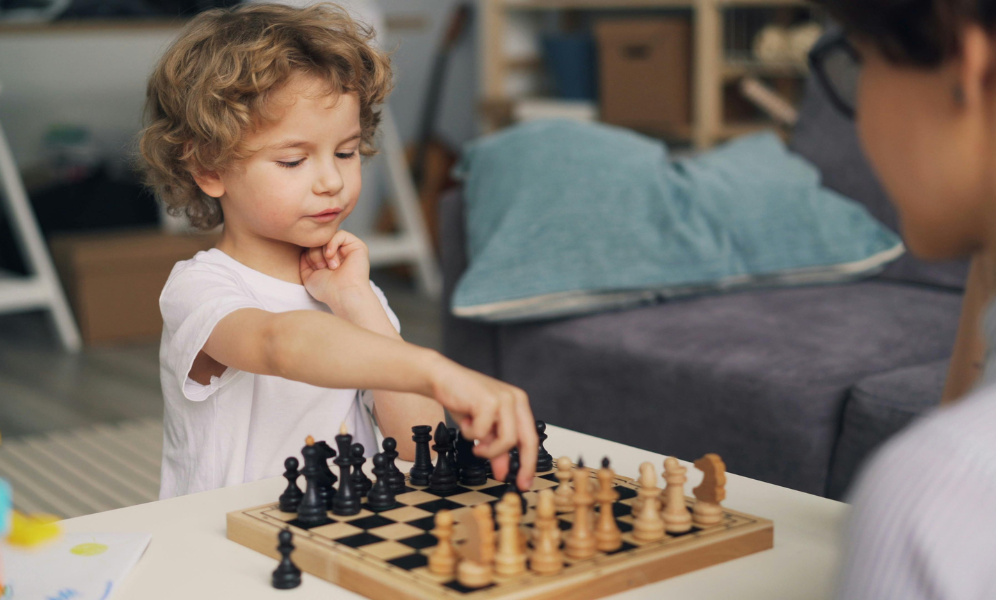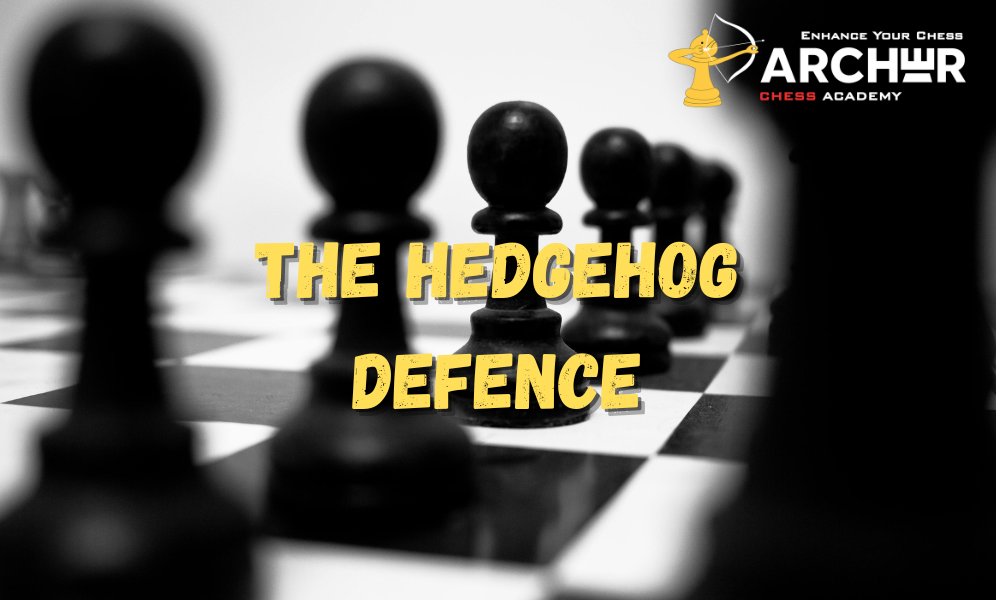Introduction
The Fianchetto is one of the most powerful and reliable structures in chess, commonly used by top players worldwide. It involves developing a bishop to the second rank through a pawn move like g3, b3, or g6, allowing the bishop to control long diagonals.
At Archer Chess Academy, our online chess classes for kids focus on teaching the Fianchetto to help young players understand solid defensive play and strategic planning. This setup gives children the foundation to protect their king while preparing for strong counterattacks.
Why the Fianchetto Works
The Fianchetto is effective because it combines king safety, control of key diagonals, and flexibility.
-
Strong Defensive Structure: The bishop protects the king after castling, making it harder for opponents to launch attacks.
-
Diagonal Domination: It controls critical squares like h1–a8 or a1–h8, influencing the board from a distance.
-
Transition to Attack: While defensive in nature, the Fianchetto can easily shift into an aggressive strategy when the position demands.
This balance makes it a favorite in openings like the King’s Indian Defense, Catalan Opening, and English Opening.
Common Mistakes Beginners Make
While the Fianchetto is strong, beginners often:
-
Move too many pawns early, weakening the structure.
-
Forget to castle in time, leaving the king exposed.
-
Misplace their knights, reducing coordination.
Our coaches guide kids through these common pitfalls in interactive lessons and practice games, ensuring they truly understand the concepts.
Learning the Fianchetto at Archer Chess Academy
At Archer Chess Academy, we provide:
-
Step-by-step demonstrations of Fianchetto-based openings.
-
Puzzle challenges to improve tactical awareness.
-
Real game analysis to show how masters use the Fianchetto.
These activities help kids develop a solid foundation while keeping the learning process fun and engaging.
Why Kids Should Learn the Fianchetto Early
-
Builds long-term strategic thinking.
-
Encourages safe and disciplined king play.
-
Boosts confidence as children see the immediate benefits in their games.
By mastering this structure early, kids are equipped to compete strongly both online and offline.


